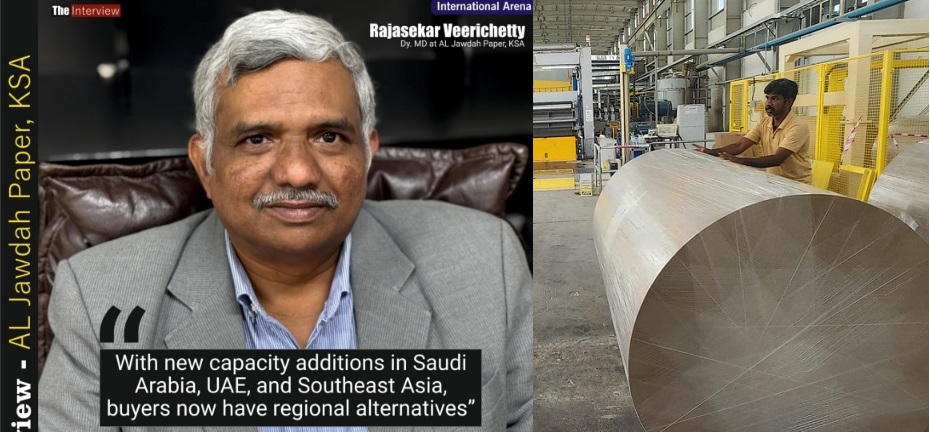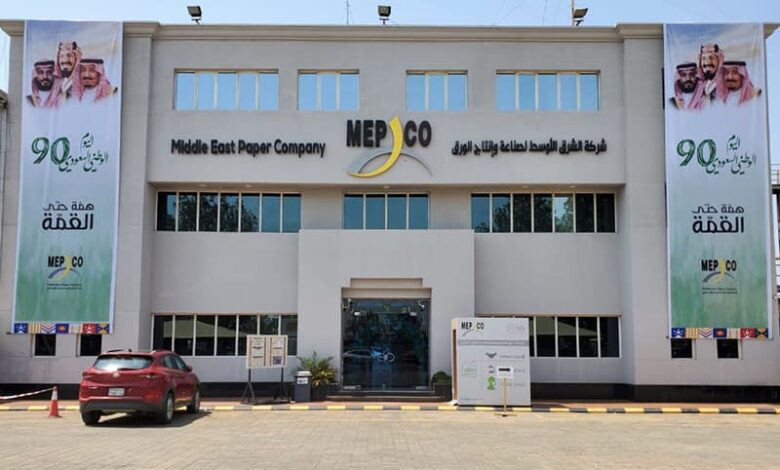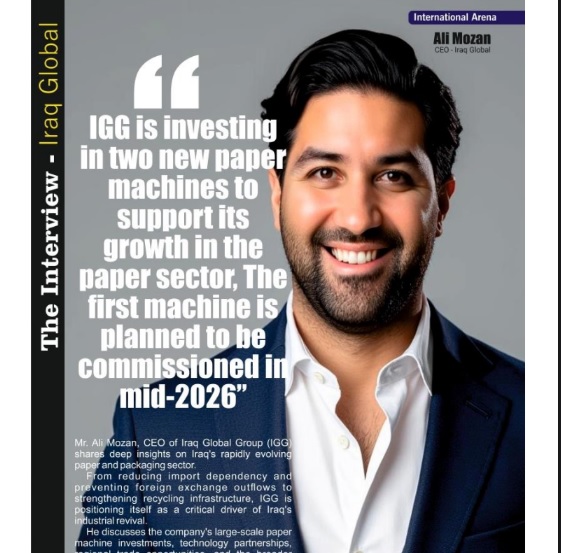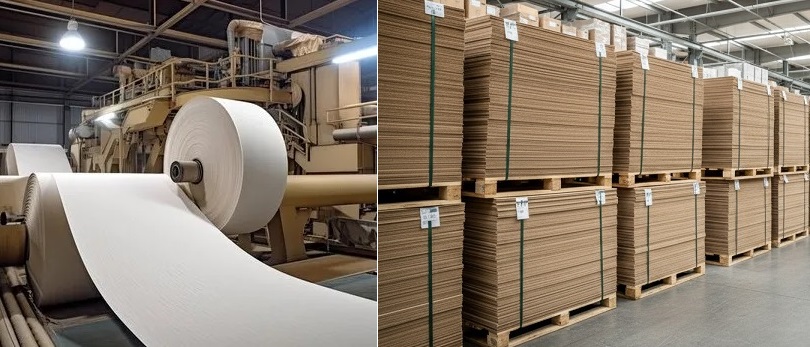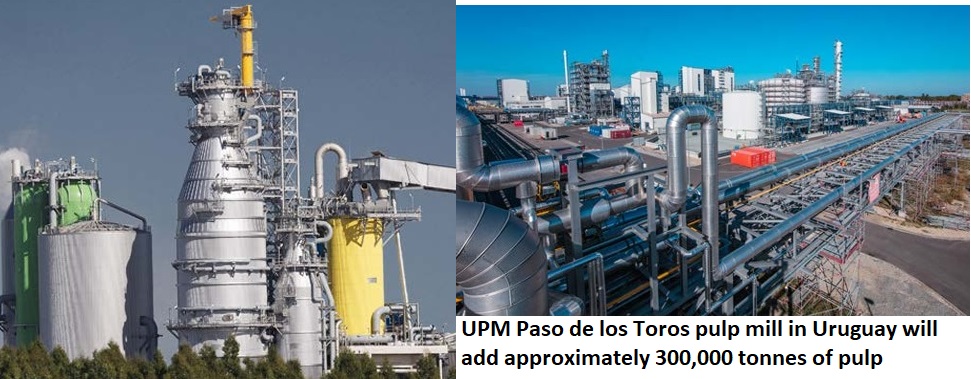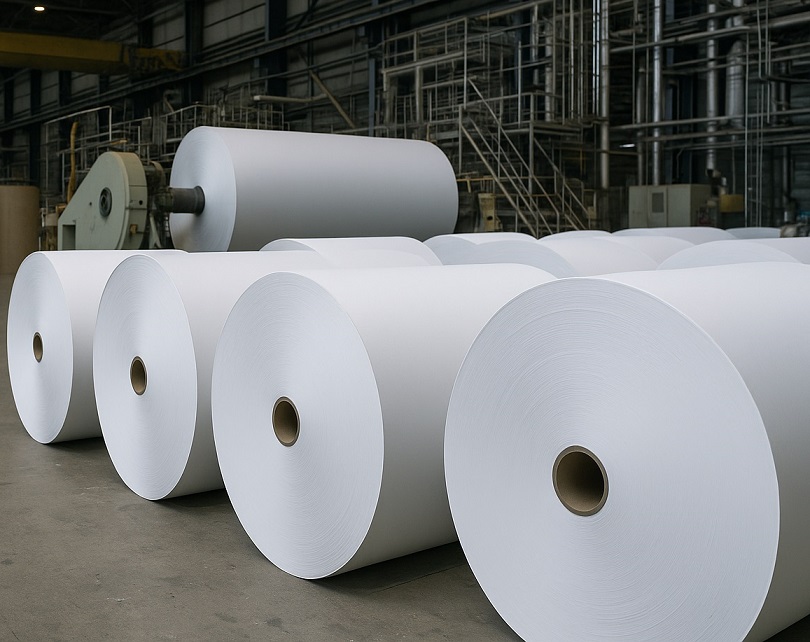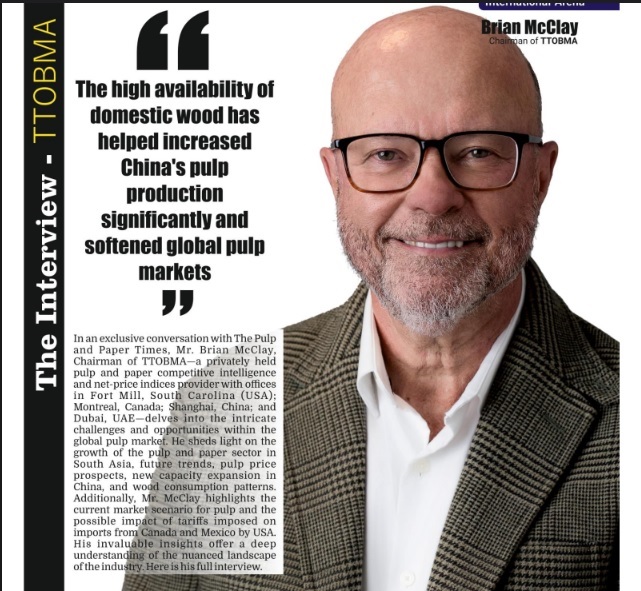Holmen: Future-smart forests
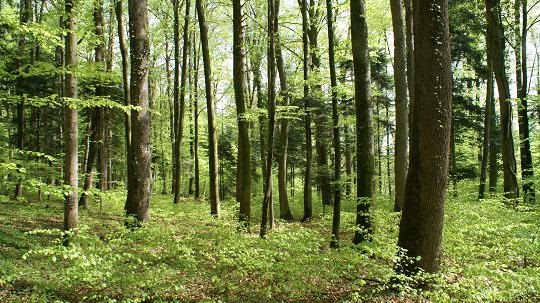

Holmen: Future-smart forests
July 2021 | The Pulp and Paper Times:
Holmen manages the forest actively and sustainably. As well as being a stable source of revenue for Holmen, the forest brings major climate benefits by capturing and storing carbon dioxide and reducing the need for fossil raw materials.
Holmen’s forests cover 1.3 million hectares, of which a little over a million hectares comprise productive forest land. The strategy is to increase the revenue from and future value of the forest holdings through active and sustainable forestry. As one of Sweden’s biggest landowners, we are largely able to supply Holmen’s Swedish production units with renewable raw material from our own sources. Economies of scale and efficient logistics give us a strong position in the wood market, which boosts competitiveness and enables the development of Holmen’s production facilities.
Actively managed forest benefits the climate
By managing the forest, we are contributing to a sustainable society. As the trees grow, they absorb carbon dioxide, which is good for the climate. What is more, the renewable forest raw material replaces fossil alternatives, doubling the climate effect. In addition, the larger the area managed, the more carbon dioxide is captured. Forest that is not managed does not deliver anywhere near the same long-term benefits for the climate, not least due to the reduction in the substitution of products that are harmful for the climate
Forestry constantly developing
The volume of standing timber in Holmen’s forests is built up over 70–90 years and is then harvested when it reaches maturity, with a new growth cycle beginning after harvest. The most important silviculture measures come in the years immediately after harvest, when the soil is prepared and the land is reforested using seedlings and seeds that are specifically tailored to the location. The forest is cleaned and thinned in order to select trees with the best potential for continuing their growth. Around 10–30 years before the forest is harvested, it can be fertilised to further boost growth. Holmen invests around SEK 160 million a year in future growth through silviculture and fertilisation. Holmen’s forestry is certified according to PEFC™ and FSC® and all the wood is traceable.

Fossil-free seedlings. Holmen’s two nurseries – one in Gideå and one in Friggesund – produce a little over 40 million seedlings each year, the majority of which are planted on our own land. During the year, Gideå Nursery has switched to a bio-based heating system. In using wood chips from local suppliers for the heating, we have taken a major step towards making production at our nurseries fully fossil-free. The nursery in Friggesund uses a district heating system, and over the year the plastic foam balls previously used to protect seedlings from weeds and drying out during the growing phase have been replaced with wood shavings.
Together with innovation and technology development company SweTree Technologies, Holmen is taking part in an initiative to automate the production of improved seedlings, based on the method of somatic embryogenesis. This technology will allow us to produce seedlings with higher growth, better wood quality and greater disease resistance.
Active forestry and biodiversity
Holmen combine active forestry focused on high growth with protecting the diversity of natural habitats and species in our forests. We apply extensive environmental conservation measures during harvesting. For example, we leave old and dead trees in the forest landscape, as well as trees along watercourses. We also conduct targeted initiatives to increase the availability of habitats that are in short supply, not least by restoring wetlands or performing controlled burning. In addition, we have identified almost 8 000 sites that we do not harvest. These are either left to their own devices or we carry out measures to protect and improve habitat diversity. The aim is to ensure that all naturally occurring species are able to thrive in the Swedish forest landscape.
Learning more about Swedish forests
Forestry is of major national, regional and local significance. It creates employment in rural areas and enables many people to live and work outside the major urban regions. The significance of forestry for both the climate and the Swedish economy makes it an issue that matters to many people. Holmen and other industry players have joined forces to make politicians, authorities and the general public aware of how vital the forest is for the climate and the importance of forestry for an emerging bioeconomy.

Holmen’s Knowledge Forests.
To raise awareness of our forestry and forest research, we have established Holmen’s Knowledge Forests. These forests are specifically intended to be places to explore, gather and pass on knowledge about the forest, and each section of the landscape has been selected for its specific biological conditions. It is also our way of showing that sustainable forestry can promote growth while at the same time increasing biodiversity in the forest. Our first forest is Kunnådalen, situated west of Örnsköldsvik.
Strong position in the wood market
The growing interest in building in wood has driven up demand for logs in recent years. Calls for different types of renewable packaging material and large-scale investments in pulp mills have also helped to drive up prices over several years. With the imminent expansion of pulp capacity in the Nordic region, competition for raw material from the forest is expected to remain high. However, production curtailments, primarily in the paper industry, due to the pandemic plus bark beetle outbreaks in southern Sweden created a surplus of pulpwood and chips during the year. The acquisition of Martinsons has strengthened our position in the wood market in the north. With control over larger volumes than we need for our own production facilities, we hold a strong position in the market.
The above report is taken from Holman Annual report for FY 2020
Web Title: Holmen Future smart forests





 Join WhatsApp Group
Join WhatsApp Group Join Telegram Channel
Join Telegram Channel Join YouTube Channel
Join YouTube Channel Join Job Channel (View | Submit Jobs)
Join Job Channel (View | Submit Jobs) Join Buy Sell Channel (Free to Submit)
Join Buy Sell Channel (Free to Submit) Paper News Headlines Channel (Free to read)
Paper News Headlines Channel (Free to read)